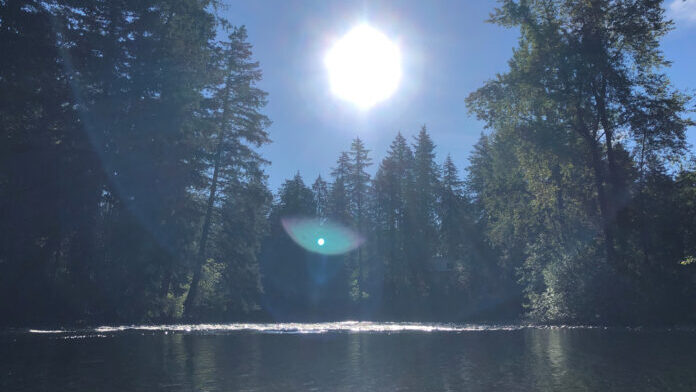Drought levels in the East Kootenay have dropped in recent weeks, but remain elevated, with levels two and three reported in the region.
As of July 4, the BC River Forecast Centre said the Elk-Flathead Basins are at level two, while the Kootenay River Basin is at level three.
The province measures drought on levels zero (normal or wetter-than-normal conditions) to five (extremely dry).
However, the drought scale is not a measure of a stable water supply.
“The Provincial Drought Level Scale measures the severity of the natural drought hazard, but it doesn’t necessarily tell us the potential for water scarcity impacts,” said Doris Leong, Acting Director of Drought Operations with the BC River Forecast Centre.
“Whether an area experiences water scarcity can depend on a number of factors, including how resilient water systems are, local conditions because they may be different than the broader area that the drought level describes, and how water supply and demand are managed.”
This is a significant drop from June 20, when the Elk-Flathead Basins opened the summer at drought level five, the highest measured in the province at the time.
Leong said the impacts of increased drought levels on human and ecological values in particular areas must be assessed on a local level.
“For example, a water supply might experience different impacts than a farmer in the same area, depending on their capacity for water storage,” said Leong.
“There can be a lot of different factors that can affect whether water scarcity is experienced at any drought level.”
East Kootenay drought conditions likely reduced in recent weeks due to recent rain and storms sweeping through the region.
While conditions have improved, Leong says higher-than-normal drought levels increase wildfire risks.
“We know dry conditions make it easier for lightning strikes and strong winds to start wildfires. Those fires can also burn, spread and combine for longer periods of time in dry conditions,” said Leong.
“One of the first ways we see the impacts of drought is through increased wildfire activity, so it’s important to stay aware of the drought and wildfire conditions throughout the summer.”
Leong said the public can play an important role in conservation to help mitigate potential water shortages, even when drought levels are lower.
“One thing we really encourage people to do is to start conserving water early, especially starting with those non-essential water uses and adopting efficient water use practices where you can,” said Leong.
“In basic terms, this means using water for fewer things and using it less often. We also always advise people to follow any water restrictions that may be in place.”
Leong said rain barrels and other water storage systems can help you conserve local water sources while ensuring you have a steady supply.
“If you have water storage or a reservoir available, take advantage of those rain events to fill that storage to capacity. That way, you can rely on it when conditions become dry again,” said Leong.
You can find information about your community’s current water restrictions on your municipal government’s website.
Be the first to know! Don’t miss out on breaking news and daily updates in your area. Sign up to MyEastKootenayNow News Alerts.




